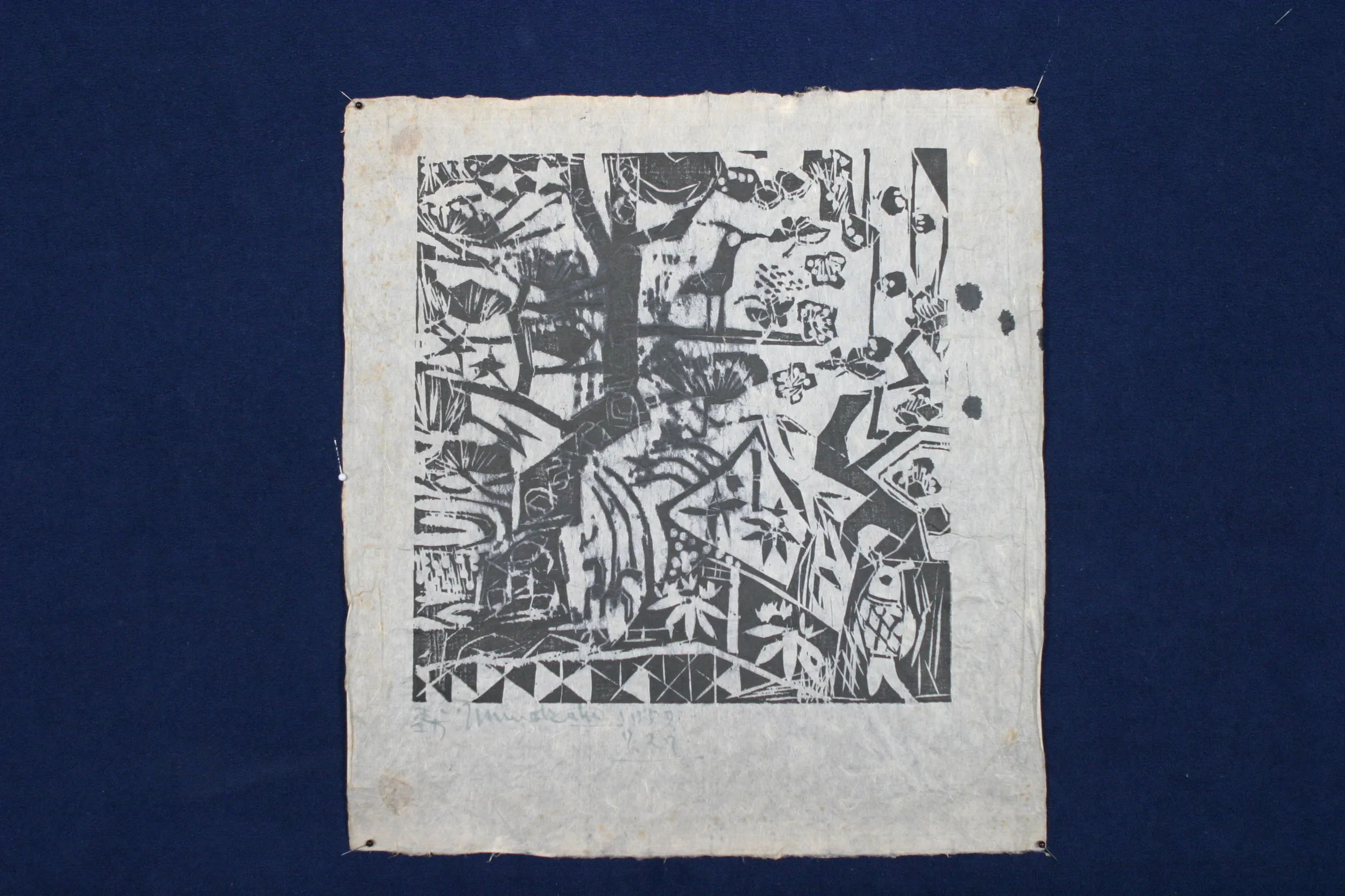GUEST: Well, I purchased this painting at an estate auction roughly about a year ago. And I did some research on it, and some background on Palmer Hayden, and found out that he was an integral part of the Harlem Renaissance. And the roadblock I was running into, and I'm trying to find information on this painting, was trying to figure out, one, how did it get to Nebraska, and two, where this painting was painted.
APPRAISER: Mm-hmm.
GUEST: Some of the information I found out was that it was painted in Long Island Sound.
APPRAISER: Mm-hmm.
GUEST: Date-wise, I'm not for sure, I'm thinking mid-'30s.
APPRAISER: Well, when most people think of the word "renaissance," they think of Italy and they think of the 16th century. But in the United States, we were lucky, as well, to have our own Renaissance in New York in the 1920s and '30s. The demographics of the Harlem Renaissance was based on African-Americans moving from rural centers in the United States up to urban centers-- New York, Chicago. In the case of New York, they first moved into Greenwich Village, and later into Harlem, and while initially a literary movement, it involved music, art, all the artistic pursuits. He was born in Virginia, and while people think of his style as being more self-taught, he studied in Maine, he studied in New York, and he also studied in Paris. So he was quite a well-studied artist. The subject matter really does speak to his time in Maine, or even in New York.
GUEST: Right.
APPRAISER: The New York scenes and the scenes that he painted that have African imagery in them are probably more highly valued.
GUEST: Right, right.
APPRAISER: A piece recently sold for $40,000. One of the marine scenes, however, estimated at a few thousand dollars, also ended up realizing in the teens. You do have some condition problems.
GUEST: Yeah, definitely.
APPRAISER: This area has some flaking, and it's also quite dirty.
GUEST: Yeah.
APPRAISER: I don't see any big problems. You have a small tear here that can be easily replaced. It's just a painting that... Well, you asked how it got to Nebraska.
GUEST: Yeah.
APPRAISER: These paintings have feet, and they walk all over.
GUEST: Travel all over...
APPRAISER: And they have long lives. So how it got here, we don't know, but we're glad it did.
GUEST: Yeah, well, I'm glad it did.
APPRAISER: In terms of its value, I would estimate it between $8,000 and $12,000.
GUEST: Ooh, really? That's great.
APPRAISER: Good.
GUEST: That's unbelievable.











